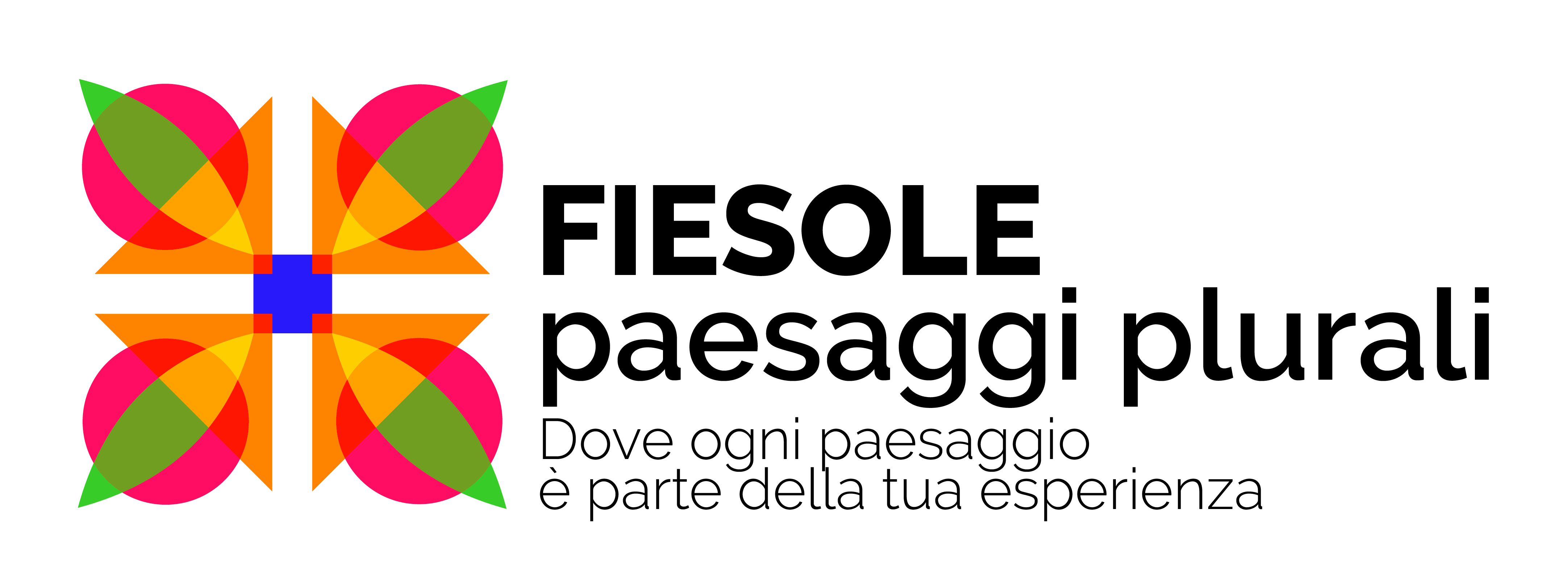

Churches and convents
Discover the churches, convents, and tabernacles in our territory.
From the first pre-Christian Italic temples to the more recent and modern churches, throughout the history of Fiesole,many sacred places have arisen, rich in works, history, culture, and artworks of great value.
Oratory of the Holy Crucifix of Fontelucente
The Oratory of Fontelucente is a sacred place, built at the end of the 17th century and, designed by the architect Alessandro Pettirossi, where nature and human work harmonize in a perfect balance.
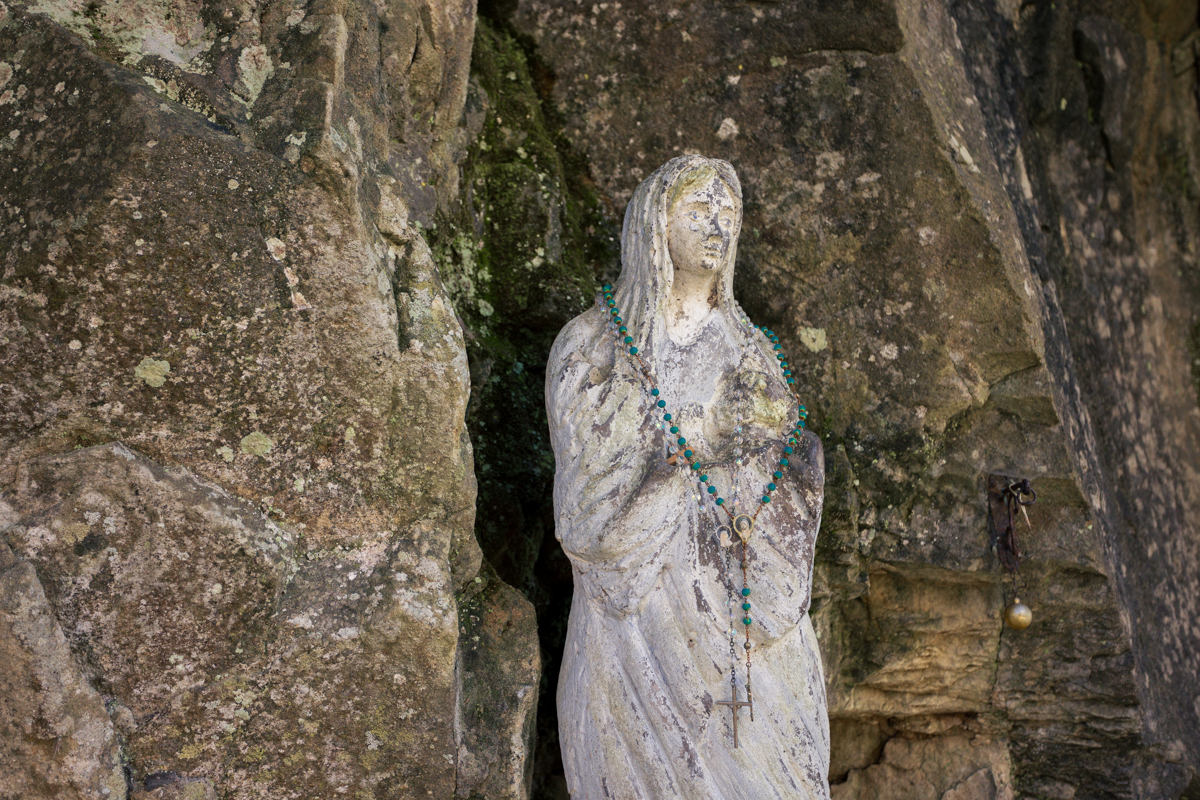
Cathedral of San Romolo
The Cathedral of San Romolo, centre of the religious life of Fiesole and its diocese, dates back to 1028 when Bishop Jacopo il Bavaro decided made the decision to relocate the cathedral within the city walls, facilitating accessibility and attendance.
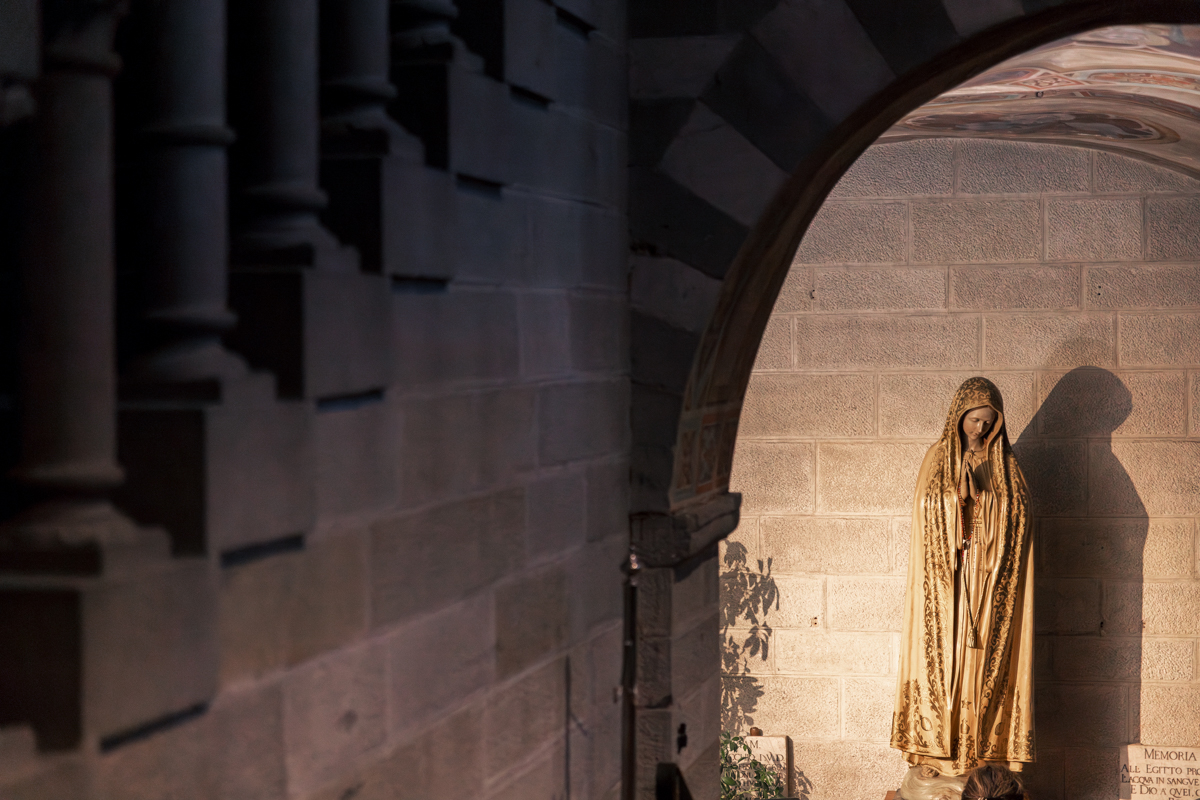
Church of San Giuseppe Artigiano
The Church of San Giuseppe Artigiano, built between 1965 and 1966 in Montebeni, represents the last work of architect Raffaello Fagnoni. As a symbol of the perfect integration of nature and human artifice.
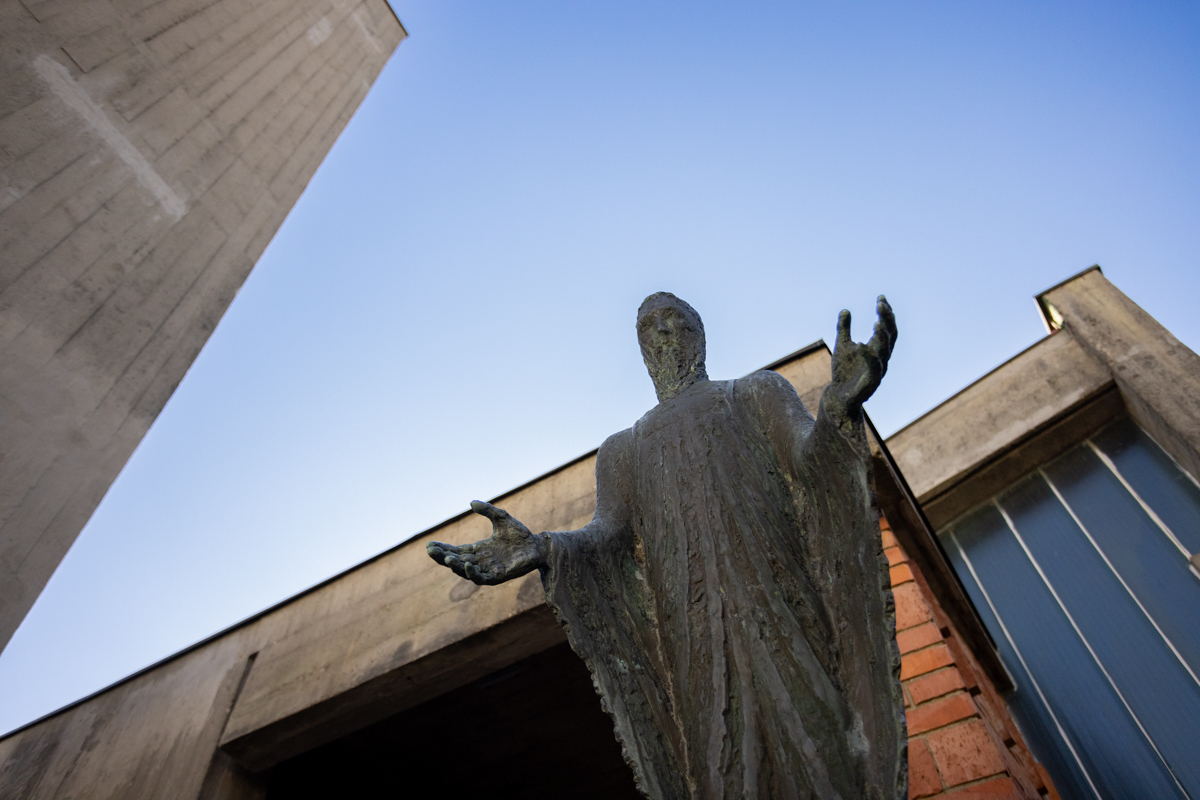
Church of San Jacopo al Girone
The Church of San Jacopo al Girone, located in the homonymous hamlet of the Municipality of Fiesole, is another place of worship on the harmony itinerary, as it perfectly balances the natural environment and urban landscape.

Church and Convent of San Domenico
Among the most important historical landmarks of Fiesole, you will find the Church and Convent of San Domenico. The complex was built between 1406 and 1435 and it’s located in the homonymous district on the outskirts of the Municipality of Fiesole, near to the Municipality of Florence.
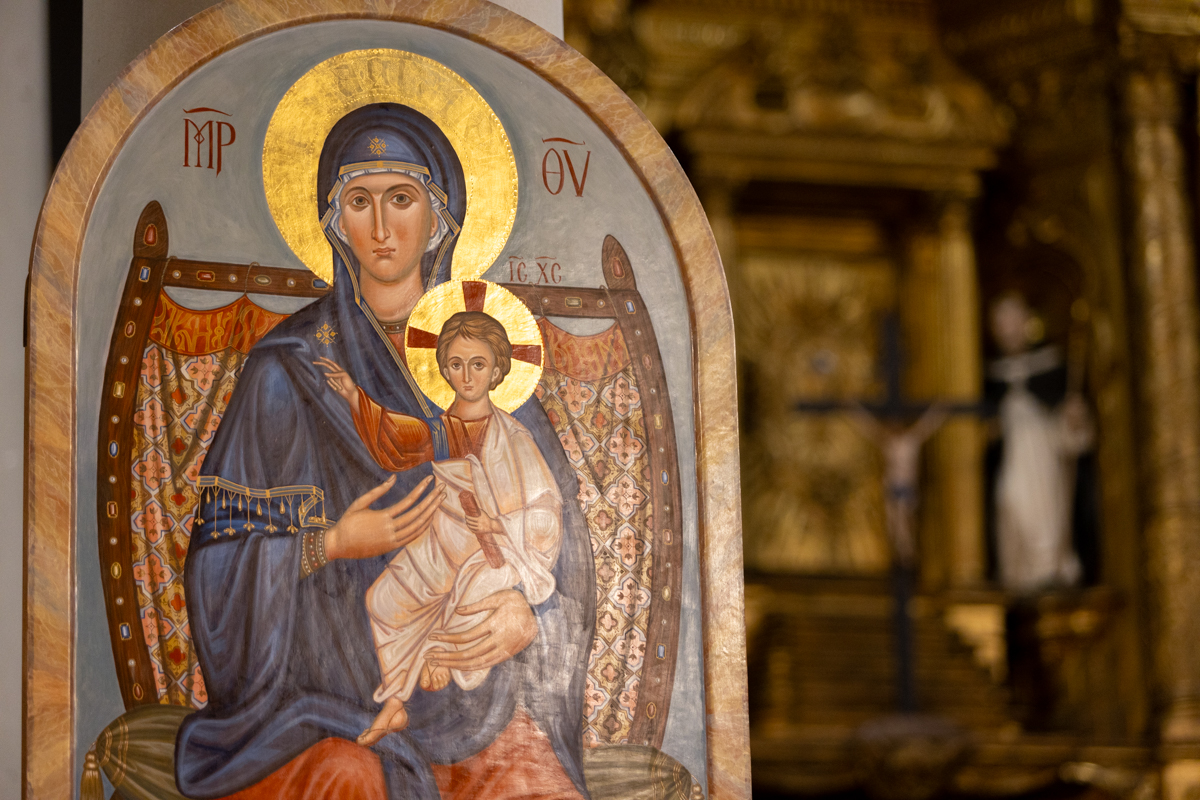
Church of Santa Maria Primerana
The Church of Santa Maria Primerana presents one of the oldest places of worship in the Fiesole area, as evidenced by the earliest records dating back to the 10th Century. Built on a site where an ancient temple once stood, it underwent medieval extension works that led to the construction of the Gothic presbytery.
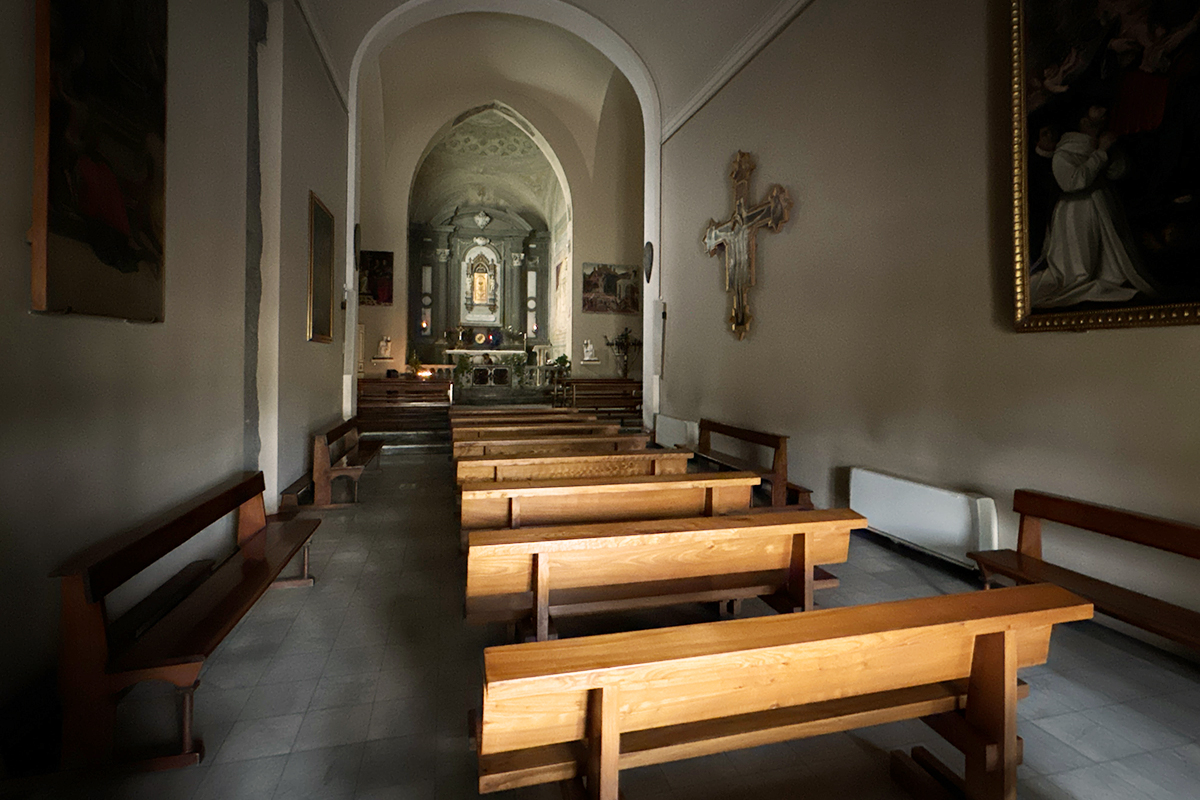
Church and Convent of San Francesco
The monastic complex of San Francesco is the place where faith, art, and history converge, preserving the memory of many centuries of life in the city of Fiesole. Built where an Etruscan necropolis stood and reachable via the connection with Via di Francesco, a pilgrimage route across the Italian regions of Umbria, Lazio, and Tuscany, it houses works of great artistic and cultural value.

